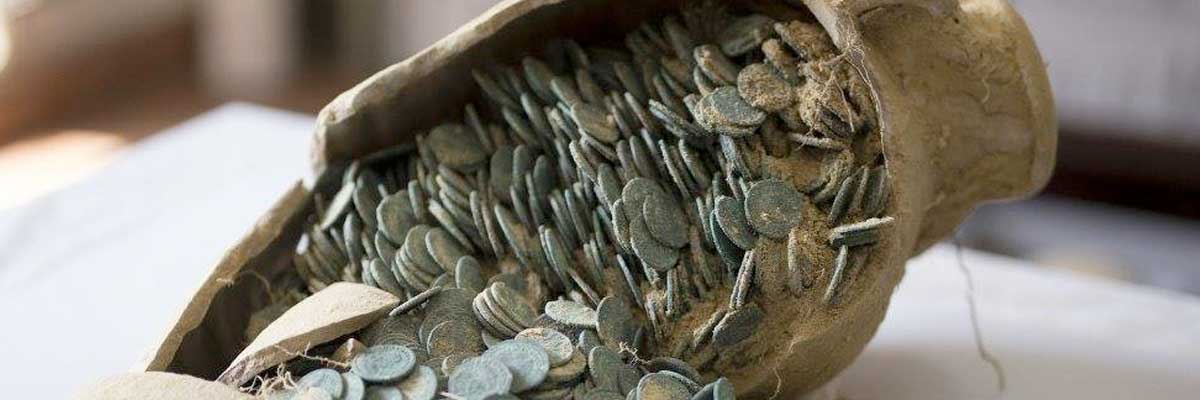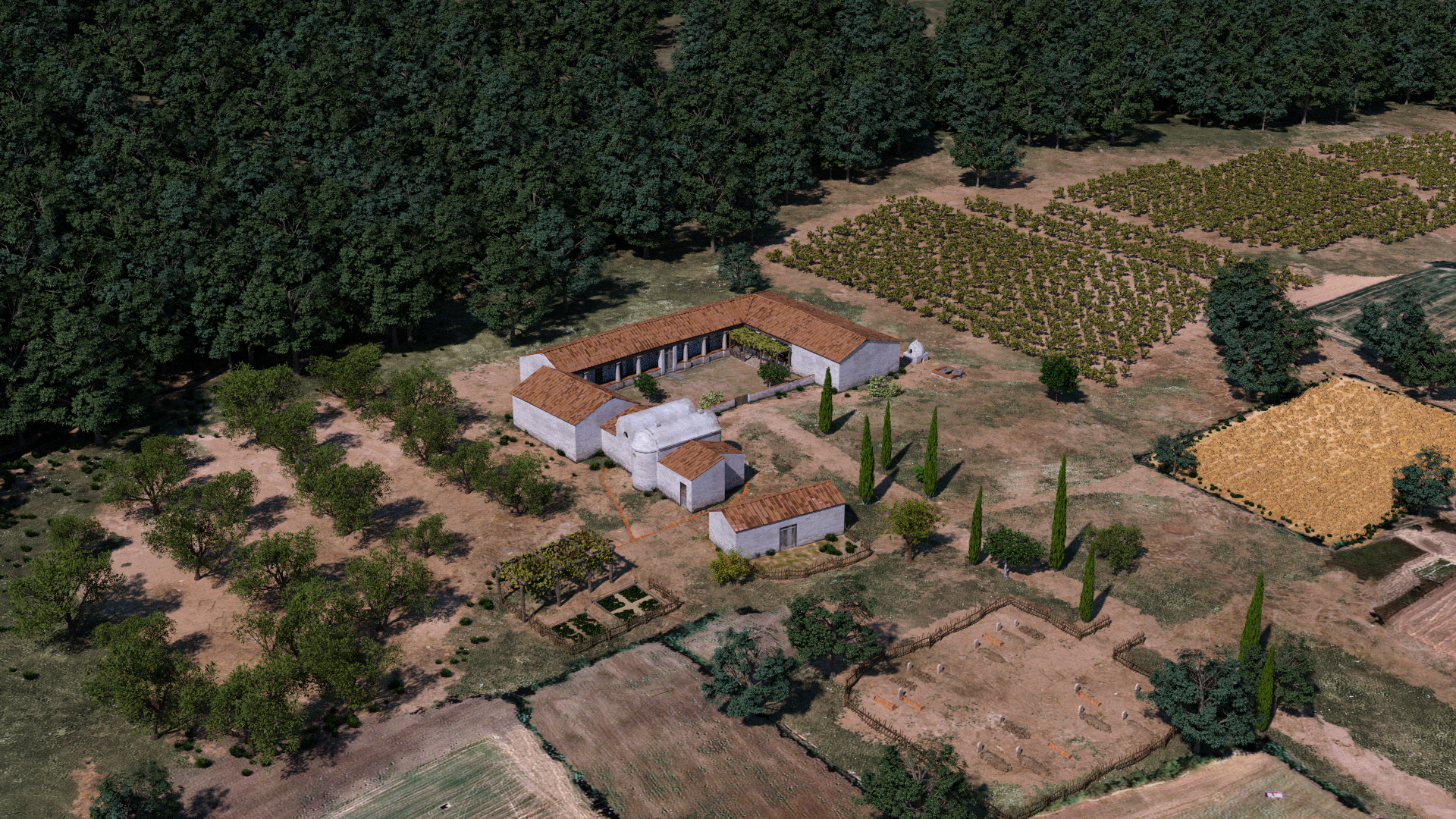
Coinage and Metal in Late Roman Baetica. Scientific Study of the Tomares Hoard
By now, we have studed more than 10 % of the coins in the treasure. This included cataloguing and graphic documentation of each coin, as well as physical analysis (archaeometry) of the alloys (silver content) We believe that the number of coins studied so far is statistically significantive for the analyis of the hughe historical and economic significance of the Tomares treasure based on the data collected. Only a multidisciplinary perspective can provide a comprehensive understanding of the treasure and its economic context. In a world, where the primary means of payment was metallic coinage, the way to understand the economy of a period is through the direct study of coinage and the forms of circulation, including the metal content and, specifically, silver. This is crucial in establishing the value of the coins (purchasing power) and understanding the nature of the government’s successive operations of devaluation and removal of precious metal content in a context of economic crisis. The specific historical and economic objectives of this proposal therefore refer to the establishment of the composition of the coinage according to chronology, which will provide essential information about the coin supply in the region; the study of the percentages of presence of the emissions from each mint and minting authority at each moment, which will provide information about the regional peculiarities of monetary provisioning compared to other provinces; the study of the weights and metal content of each emission present in the treasure,to characterize the pace and general economic nature of these devaluating operations and their impact on the Hispania Baetica, and the contextualization of the he treasure within the economic policies of the tetrarchs between the late 3rd century and the early 4th century CE. A historical study of this type can also help understand the causes of the concealment and the intentions behind it in the context of similar phenomena characteristic of the early years of the Tetrarchy in the rest of the Western Roman Empire

Period
“Late Antiquity”, specifically in the first decades of the Tetrarchy
Institution
University of Seville
Principal Investigators
Dr. Enrique García Vargas
Dr. Miguel Ángel Respaldiza Galisteo
University of Seville
Location
Seville Archaeological Museum, Spain
LOCATION
RESULTS
The work carried out to date can be grouped into four large blocks:
1) Preventive conservation and restoration of archaeological material.
This work, coordinated and supervised at all times by the MASE restoration team, is initiated by a restorer hired by the MASE to study the feasibility. At present, a total of 8698 coins have been cleaned and prepared for cataloguing.
2) Cataloguing of the nummi in the treasury
Regarding the graphic documentation of the coins in the hoard, all the coins restored so far have been documented with digital photography. With all this, the CITIUS staff in collaboration with the researchers of the US has designed an exhaustive database that gathers the numismatic information and the analytical measurements that will be discussed below. Currently, we are also working with the Daedalus software for the semi-automatic cataloguing of coins. Our project is in fact supplying Daedalus with the general typological information of the coins for the implementation of the Late Roman databases of the software.
3) Characterization of the metal alloy used in the manufacture of the coins.
Before the closure of the Museum for its integral reform, the systematic analysis of alloy composition was carried out by XRF of more than 2000 coins, initiating statistical studies to determine the possible differences and/or similarities in the issues made in the different mints and in different periods. Other aspects of interest for the study of the treasure are the identification of the silver surface enrichment process of the coins, as well as the determination of the chemical exchanges with the environment (corrosion products) that they have undergone after such a long period of burial. This has included experimental processes, trying to physically reproduce the manufacturing processes of the coins to try to obtain a similar enrichment layer.
4. Metal content of the closed amphorae.
For the non-destructive inspection of the interior of the sealed amphorae we are developing a novel method in our country of tomography using the gamma radiation of the 60Co irradiator that we have at the CNA. The first analyses of the amphoric material have also been carried out to determine its possible use prior to the containment of the coins.
FOTOS
VIDEO
- The Enigma of the Absence of Figurative Representations in the Neolithic of Northern Europe: Where Are the Figurines? (La Brújula Verde 19/01/2025) - 20 January, 2025
- Famous Alexander Mosaic found in Pompeii is made with 10-color tesserae from Italy, Greece, the Iberian Peninsula, and Tunisia (La Brújula Verde 17/01/2025) - 20 January, 2025
- Homo erectus Thrived in Steppe-Desert Landscapes One Million Years Ago, New Study Suggests (Science News 16/01/2025) - 17 January, 2025























